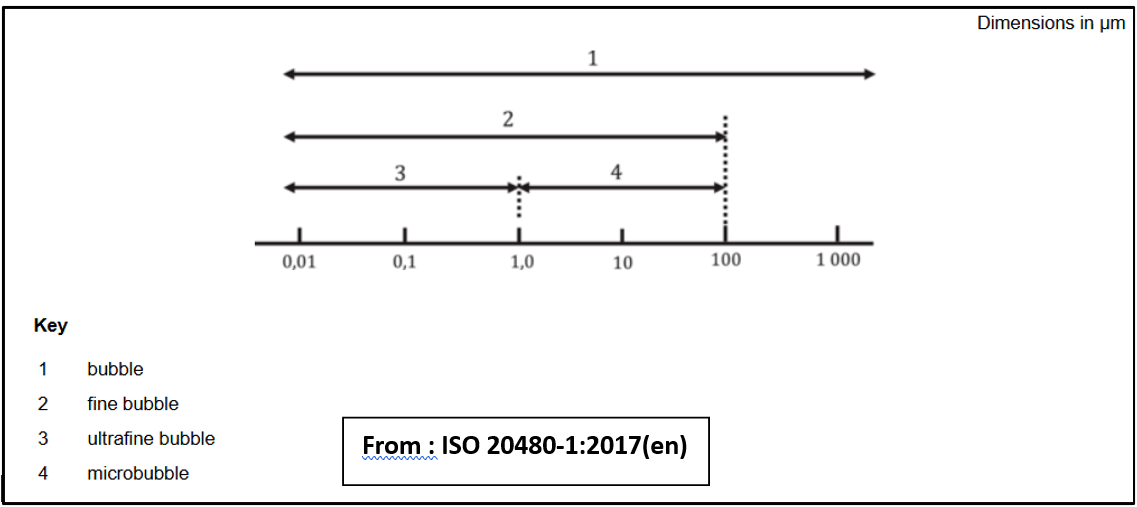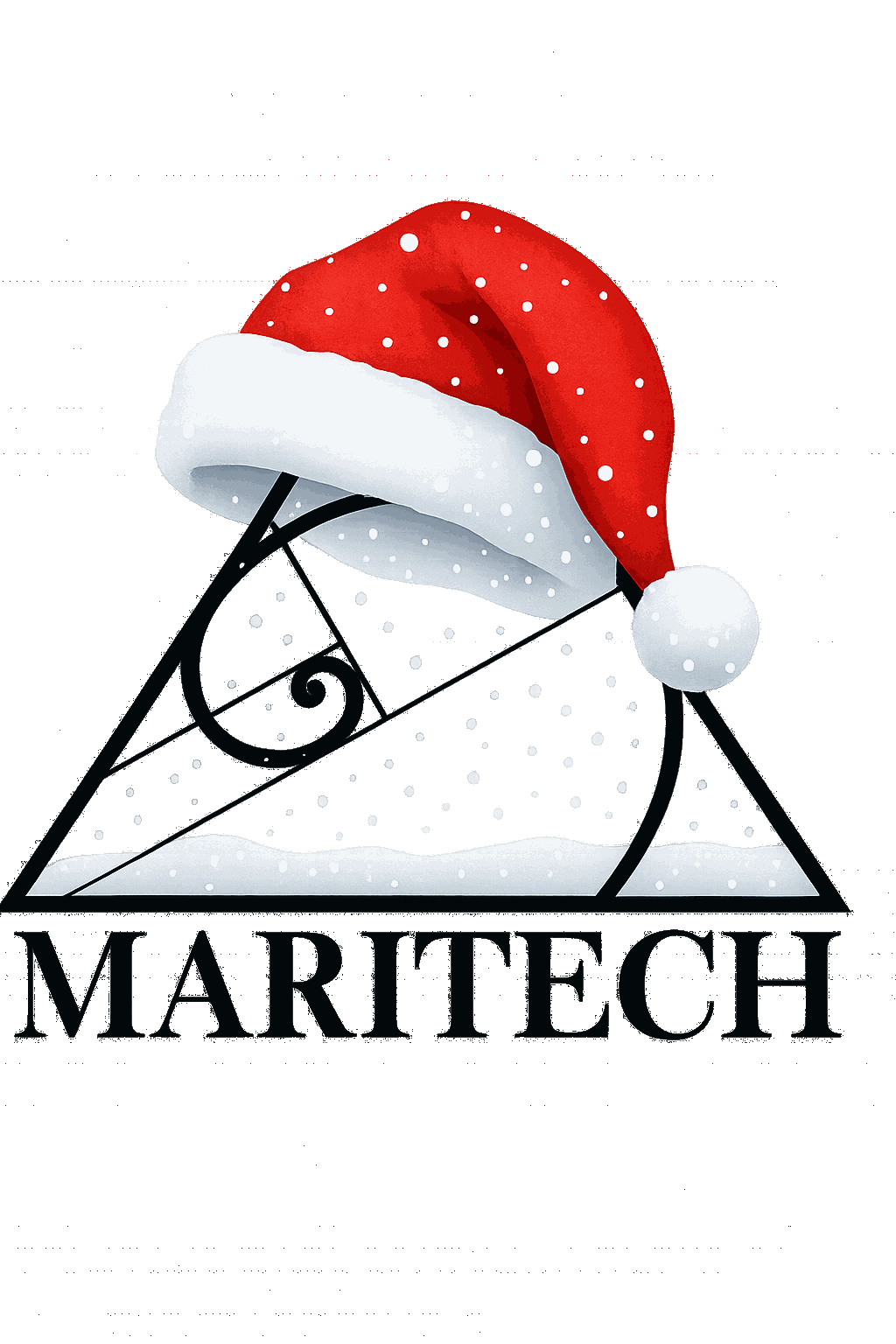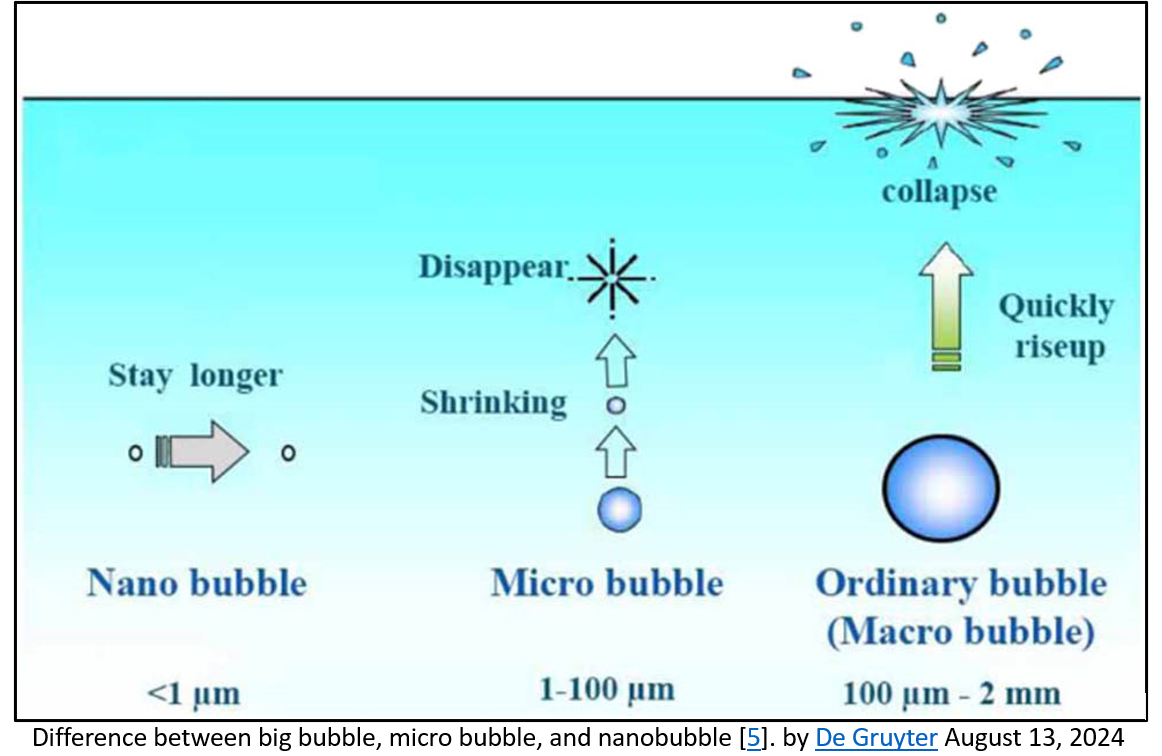Standards and Guidelines
There are no universal standards exclusively dedicated to nanobubbles yet, but various organizations are working on guidelines:
- ISO/TC 281 (Fine Bubble Technology):
- The International Organization for Standardization (ISO) has established a technical committee (TC 281) for fine bubble technology, which includes the classification, measurement, and applications of nanobubbles.
- ASTM International:
- Working on methods and protocols for characterizing nanobubbles.
Detecting Nanobubbles
Nanobubbles are challenging to detect due to their small size, but advanced techniques have been developed:
Dynamic Light Scattering (DLS):
- Description: Measures the size distribution of nanobubbles based on the scattering of light caused by their Brownian motion.
- Best For: Determining the size and stability of nanobubbles in solution.
Nanoparticle Tracking Analysis (NTA):
- Description: Tracks the movement of individual nanobubbles under a microscope to determine their size and concentration.
- Best For: High-resolution measurement of particle size and number concentration.
Zeta Potential Measurement:
- Description: Measures the surface charge (zeta potential) of nanobubbles, which is critical for their stability.
- Best For: Confirming the presence of stable nanobubbles.
Optical Microscopy (Specialized Techniques):
- Description: Advanced microscopy techniques (e.g., Total Internal Reflection Fluorescence Microscopy) can detect nanobubbles under specific conditions.
- Best For: Visualizing nanobubbles on surfaces or interfaces.
Cryo-Transmission Electron Microscopy (Cryo-TEM):
- Description: Uses electron microscopy to visualize frozen nanobubbles at extremely high resolution.
- Best For: Detailed structural analysis of nanobubbles.
Ultrasound Attenuation and Scattering:
- Description: Measures the interaction of ultrasound waves with nanobubbles, providing information about their presence and size.
- Best For: Detecting nanobubbles in bulk water.
Resistivity or Conductivity Changes:
- Description: Nanobubbles can alter the electrical properties of water, which can be measured using conductivity sensors.
- Best For: Indirect detection of nanobubbles in certain applications
Classification of Nanobubbles
They are classified as bubbles smaller than 200 nm with unique properties like stability, high gas transfer efficiency, and a negatively charged surface.
Detection methods include DLS, NTA, zeta potential measurement, cryo-TEM, and ultrasound techniques. ISO and ASTM are actively developing standards to standardize the field of nanobubbles.

Size:
- Nanobubbles are generally classified as having a diameter of less than 200 nanometers (nm), with most being around 100 nm or smaller.
- They are significantly smaller than microbubbles (1–100 micrometers) and have unique physical properties.
Properties:
- High Surface Area: Despite their small size, they provide a large surface area for gas transfer.
- Long Stability: Unlike larger bubbles, nanobubbles can remain stable in water for days to weeks due to their near-zero buoyancy and high internal pressure.
- Negative Surface Charge: Nanobubbles often have a negatively charged surface (zeta potential), which contributes to their stability and interaction with particles.
- High Gas Transfer Efficiency: Due to their small size and surface properties, they dissolve gases efficiently into liquids.

